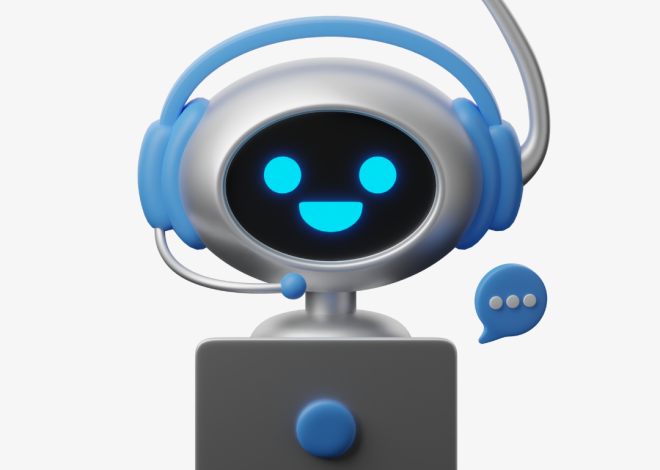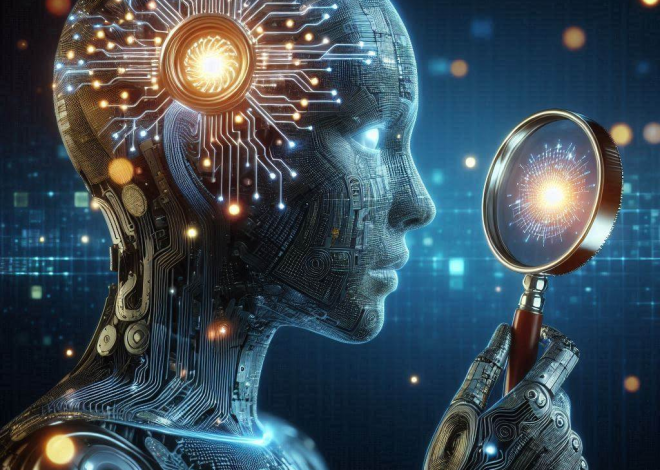iCreate – Discover the Creator in You
Introduction
Welcome to iCreate, where every stroke of your brush and every thread you embroider holds the potential to become something beautiful and lasting. In today’s digital age, the art that spills from pencils and paints across canvases or needles adorning fabric does not have to be transient or confined to physical formats.
At iCreate, we embrace the creativity of all ages and skill levels, leveraging technology to preserve, study, and transform these artworks into 3D prints and embroideries that can live on in surprising new ways.
Imagine a child’s drawing, vibrant and earnest, typically tucked away in a drawer or discarded after a short display on the refrigerator door. Here at iCreate, such creations find a new lease on life.
These drawings can be digitally preserved, studied for their creativity, converted into gifts, or transformed into designs for personal or commercial products.
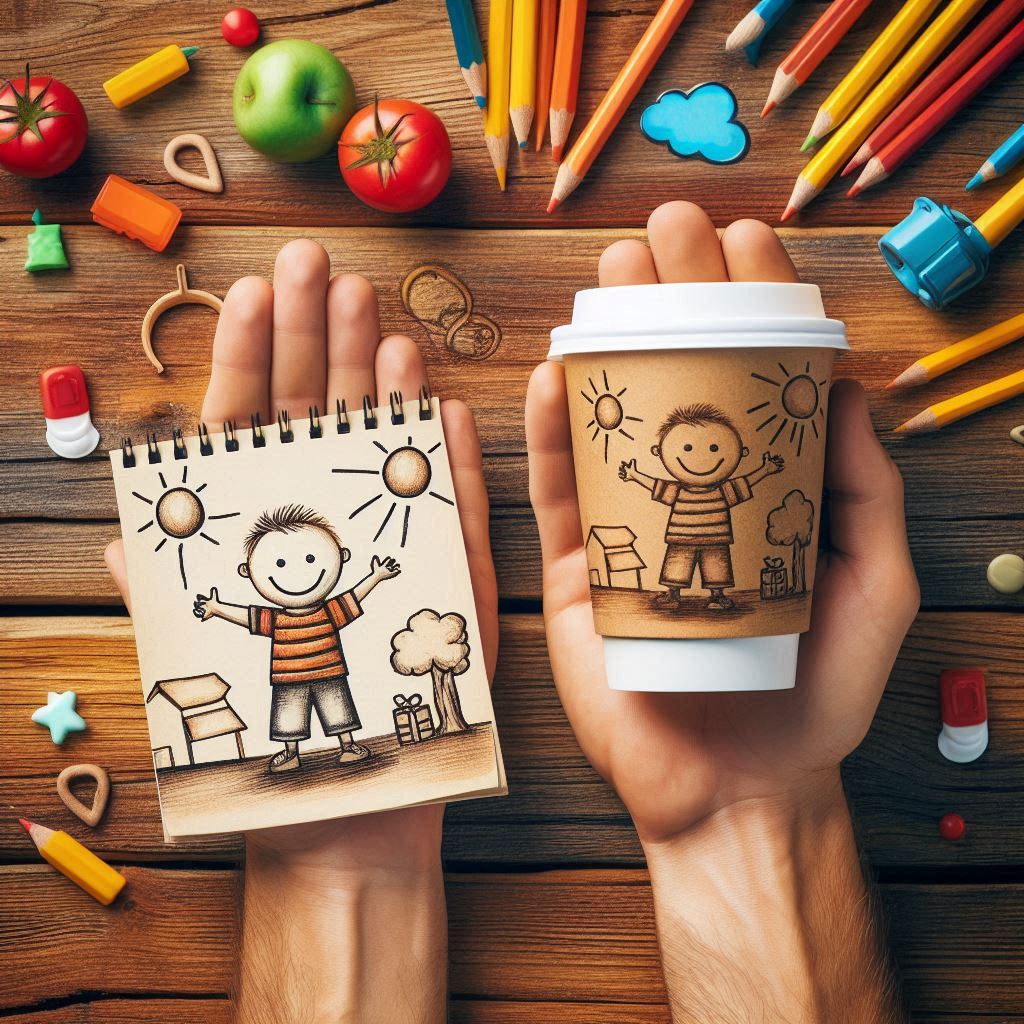
This capability extends to professional sketches, intricate rangoli, and personalized tattoos. The transformation from a simple piece of art to an array of innovative applications represents the core of what iCreate offers.
Our technology-driven model continues beyond preservation. It opens a portal to understand, compare, and enhance these artworks.
By feeding these artistic expressions into our AI model, users can save and study the designs, explore potential enhancements, turn a 2D drawing into a 3D model, animate a static image, or convert a sketch into a tailored embroidery pattern.
Whether for keeping a child’s creativity alive or providing a platform for artists to experiment and expand their portfolios, iCreate revolutionizes how we interact with and think about art.
The Concept of iCreate
Preserving and Enhancing Human Creativity
The driving force behind iCreate is the preservation and enhancement of human creativity. Numerous artistic creations get discarded or underutilized because they are not preserved adequately.
iCreate changes this narrative by capturing and immortalizing human artistic expressions. Whether it’s a child’s first drawing or an intricate sketch by a seasoned artist, iCreate provides a platform that saves and potentially transforms these arts into something new and exciting.
This model ensures that creative outputs, regardless of their initial form or perceived value, are revered and utilized, continually inspiring creators to innovate.
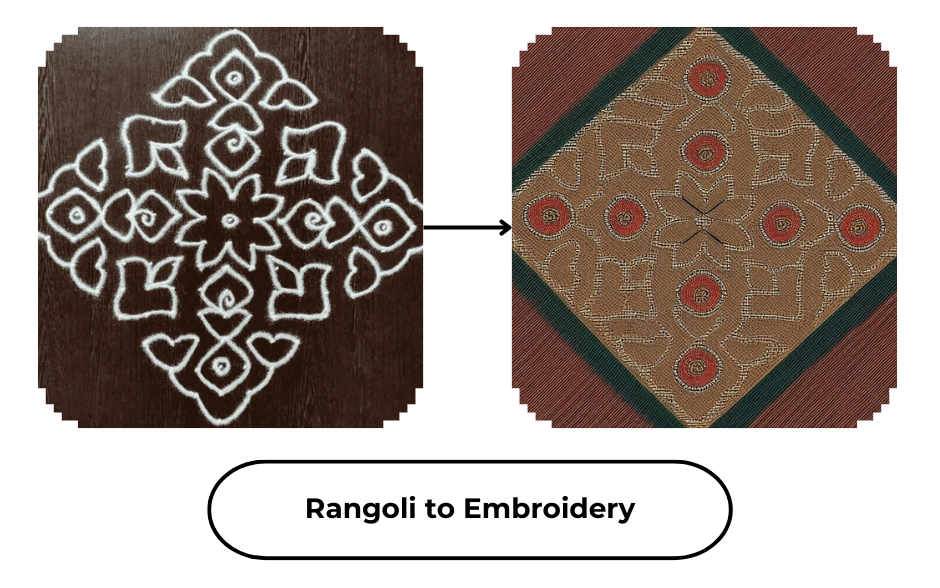
Operational Steps of the iCreate Model

Capturing and Uploading Art
Users can upload any form of visual art—sketches, paintings, digital designs—in formats such as PNG, JPEG, or WEBP. These images are converted to high-quality JPG format to maintain consistency and quality during processing, ensuring that the original essence and detail of the art are retained, preparing it for further creative transformations.
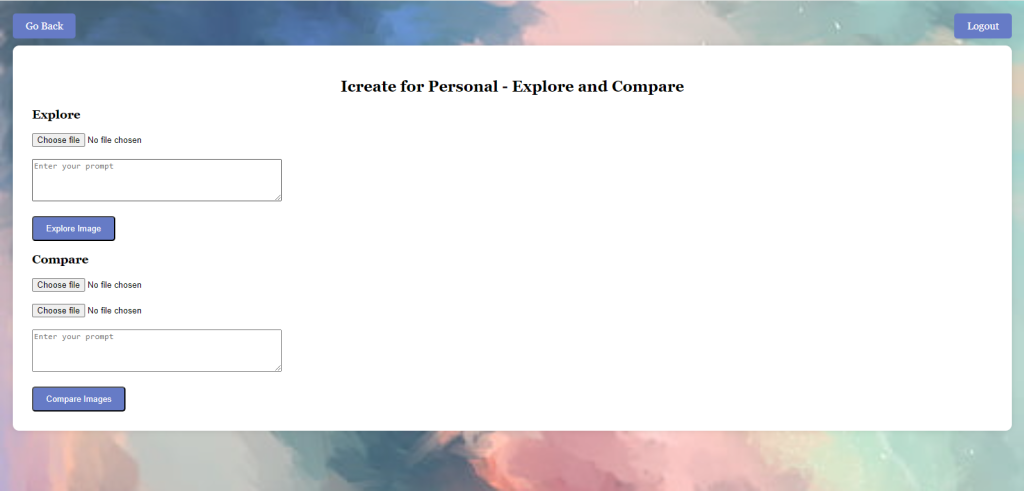
Artificial Intelligence Interpretation and Adaptation
Once the artwork is uploaded, it is fed into an advanced AI system with a specific or general prompt depending on the desired outcome. Prompts might ask the AI to explain the art, identify the colors used, or suggest the cultural significance of the motifs displayed.
The AI’s ability to interpret and adapt the artwork is central to iCreate, allowing it to generate multiple outputs from a single input. This showcases different perspectives based on the same art and provides users with an array of creative possibilities.
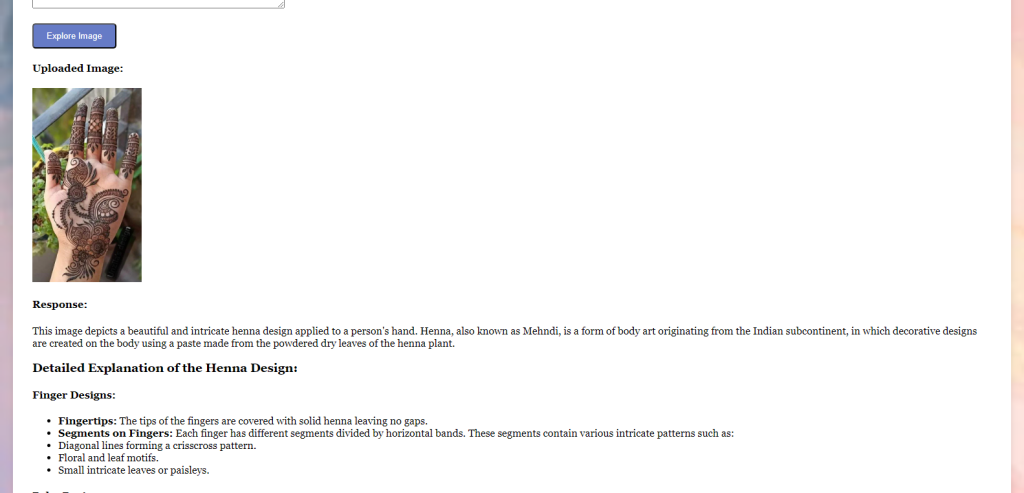
Comparison and Improvement Features
Further enhancing iCreate are the comparison and improvement functionalities. Users can compare two artworks and receive detailed insights into each. This feature fosters a deeper understanding and appreciation of different art styles, techniques, and subjects.
Moreover, the AI can suggest improvements based on the initial analysis, which are then fed back into the system for a refined piece of art. This iterative process ensures that each piece of art can evolve, improving in aesthetics or adaptability based on user feedback and AI capabilities.
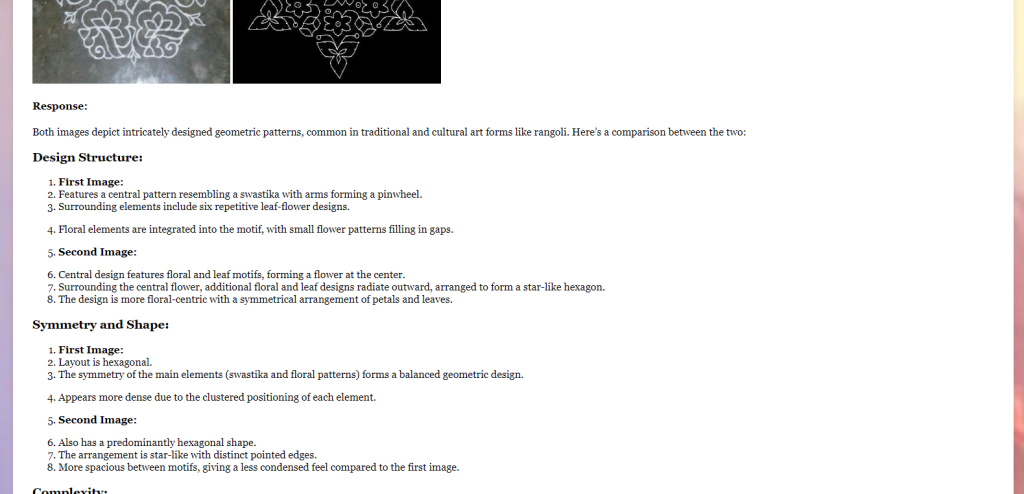
Applications and Practical Uses of iCreate
From Art to Functional Design Pieces
iCreate transforms traditional artwork by turning sketches and paintings into functional design items. The versatility of iCreate allows it to take a hand-drawn piece of art and explore its potential in various forms, such as 3D-printed objects, embroidery, or personalized merchandise like cups and T-shirts.
This process preserves the original artwork and transforms it into everyday usable items that carry a personal touch and sentimental value.
For instance, a child’s first drawing can be converted into a 3D sculpture to keep as a permanent memento or a beautiful landscape painting can inspire the design of decorative wall hangings. Practical applications include:
3D Printing: Converting drawings into sculptures or functional gadgets.
Embroidery: Using designs to enhance clothing or home textiles like curtains and cushions.
Custom Merchandise: Transferring artwork onto mugs, t-shirts, and other personalizable items.

Expanding the Utility of Traditional Arts
By integrating AI with creativity, iCreate expands the utility of traditional arts beyond gallery walls into practical, everyday use. Schools, art classes, and amateur artists can benefit widely. For example, educational institutions can preserve and explore student artworks in digital archives, offering insights into student development and creativity over the years.
Furthermore, iCreate provides a platform to study the influence of regional and cultural elements in art, helping preserve artistic heritage and traditions in a digital format. Potential uses include:
Educators: Creating a digital archive of student artwork for educational purposes.
Cultural Studies: Analyzing patterns and motifs to study cultural impacts on art.
Home Decor: Designing customized home decoration items that reflect personal artistic tastes.
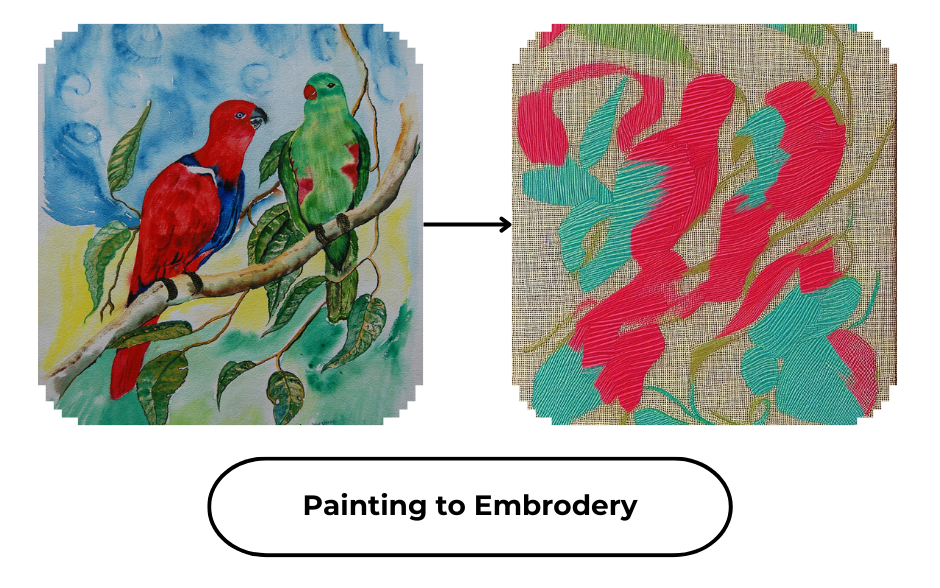
Potential for Improvement and Expansion
Enhancing AI Assistance
The next phase in the evolution of iCreate involves enhancing its AI capabilities to better understand and interact with human input. By refining the accuracy and responsiveness of the AI to various art forms and prompts, it will be possible to create a more intuitive user experience.
Improvement can be achieved by training the AI on a broader range of data samples, increasing its ability to differentiate and innovate based on user-submitted artwork.
Additionally, introducing features such as automatic color correction and style adjustment based on the user’s preference could allow for more personalized outputs. This would make iCreate not just a tool for replication, but also an aid in the creative process, offering suggestions and modifications that might not be immediately obvious to human artists.
Broadening the Range of Art Forms
Currently, iCreate excels with traditional sketches, paintings, and simple designs. However, expanding its repertoire to include more complex and diverse art forms could exponentially increase its utility and appeal.
This expansion could include:
Digital Art and Animation: Incorporating tools for animating static images and integrating digital artworks.
Crafts and Sculptures: Understanding textures and dimensions in crafts for accurate 3D modeling.
Music and Sound: Exploring the possibility of interpreting and visualizing music and sound in artistic formats.
By accepting inputs in various multimedia formats such as videos, digital animations, or sound clips, iCreate could serve a broader audience, ranging from filmmakers and animators to musicians and sound engineers, potentially revolutionizing how we think about and interact with AI in the creative domain.
Challenges and Considerations
Complexity in Prompting the AI Model
Crafting the perfect prompt for an AI model isn’t always straightforward. The magic happens when the AI comprehends and interprets the instructions exactly as intended, transforming simple art uploads into exquisite designs or detailed comparisons.
However, the effectiveness of the AI largely hinges on the accuracy and specificity of these prompts. If too vague, the AI may generate broad, unhelpful responses; if too detailed, it may overlook the creative, interpretative potential of AI.
Thus, designing prompts that strike a balance between guiding the AI and allowing for creative freedom is a craft in itself.
Art Collection
The journey to train an AI with human-made art like sketches or mehndi designs faces its unique hurdles. First, the art collection process itself is rife with difficulties.
In today’s digital age, distinguishing between hand-made originals and their digital counterparts often requires more than a keen eye; it demands a nuanced understanding of art forms.
Moreover, collecting a wide variety of such arts, from children’s classroom sketches to intricate tattoos, poses logistical challenges. Each art piece needs to be digitized in high-quality formats like PNG or JPEG for the model to process accurately.
Model Training Challenges
Once collected, training the AI model becomes the next significant step. The model needs to learn from a diverse pool of artwork styles, colors, and textures, which can be quite intensive.
This diversity is crucial for the model’s ability to handle requests ranging from explaining artworks in detail to converting them into embroidery designs or even 3D prints.
Additionally, the variability in art quality, from professional-grade designs to amateur sketches, can affect the consistency of AI outputs, making comprehensive and diverse training datasets indispensable for effective learning and application.
Engaging in these endeavors involves not just technical prowess but also a creative sensibility, ensuring that every piece of art, regardless of its origin, is valued and has the potential to be transformed into something new and wonderful.
By addressing these challenges and considerations, we can better harness AI to expand the horizon of human creativity, making every artistic expression count.
With ongoing improvements and enhancements in the way we prompt, collect, and train AI models, the future of creative AI applications looks promising. The merging of technology with traditional art forms opens up myriad possibilities to explore, innovate, and preserve creative works in ways we might have never imagined before.
Conclusion
As we wrap up our exploration of iCreate, it’s clear that the platform offers a groundbreaking opportunity to preserve and elevate everyday creativity.
With features that allow any piece of art, from children’s doodles to intricate designs, to be transformed into various forms like 3D prints, embroidery, or digitally enhanced images, iCreate stands as a testament to the limitless potential of human creativity.
The ability to capture, store, and transform artistic works serves not just as a tool for individual expression but also provides a basis for educational and commercial projects. By converting simple sketches into tangible products, iCreate has the potential to turn every creator’s vision into reality.
Contact Us and start transforming your artistic visions into tangible, lasting treasures.

